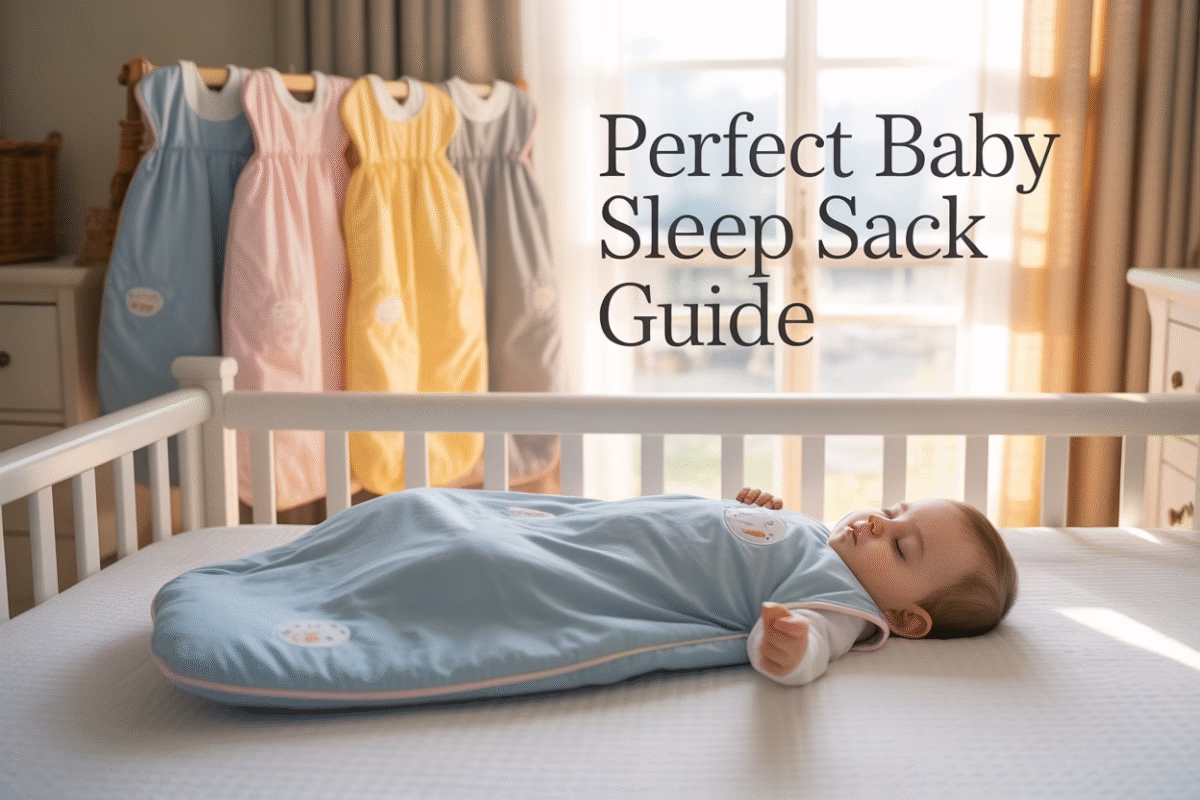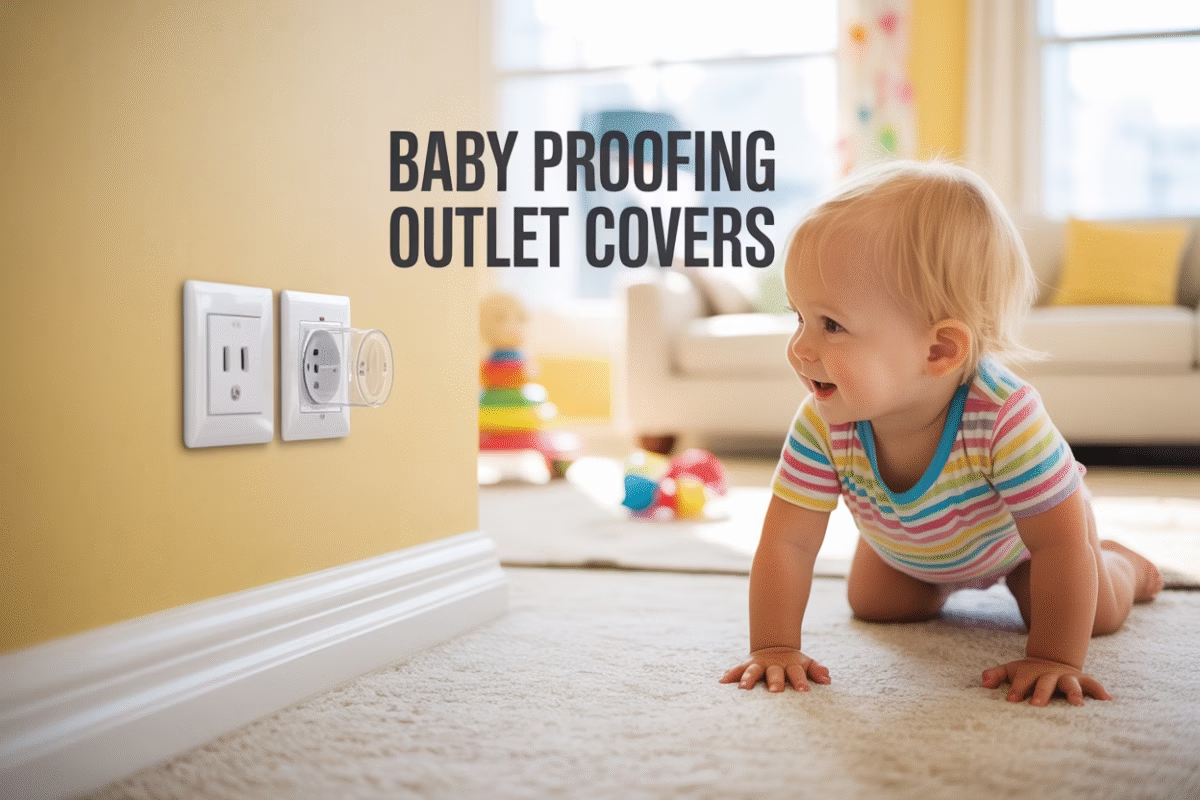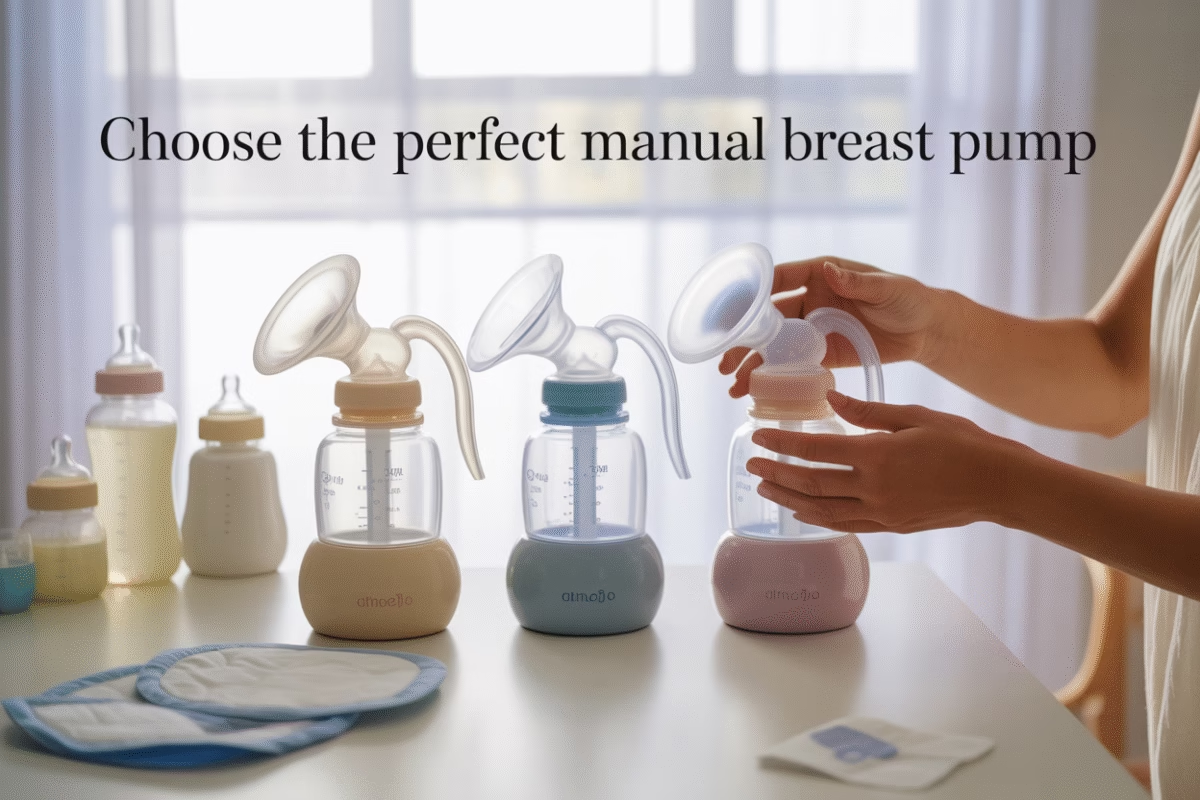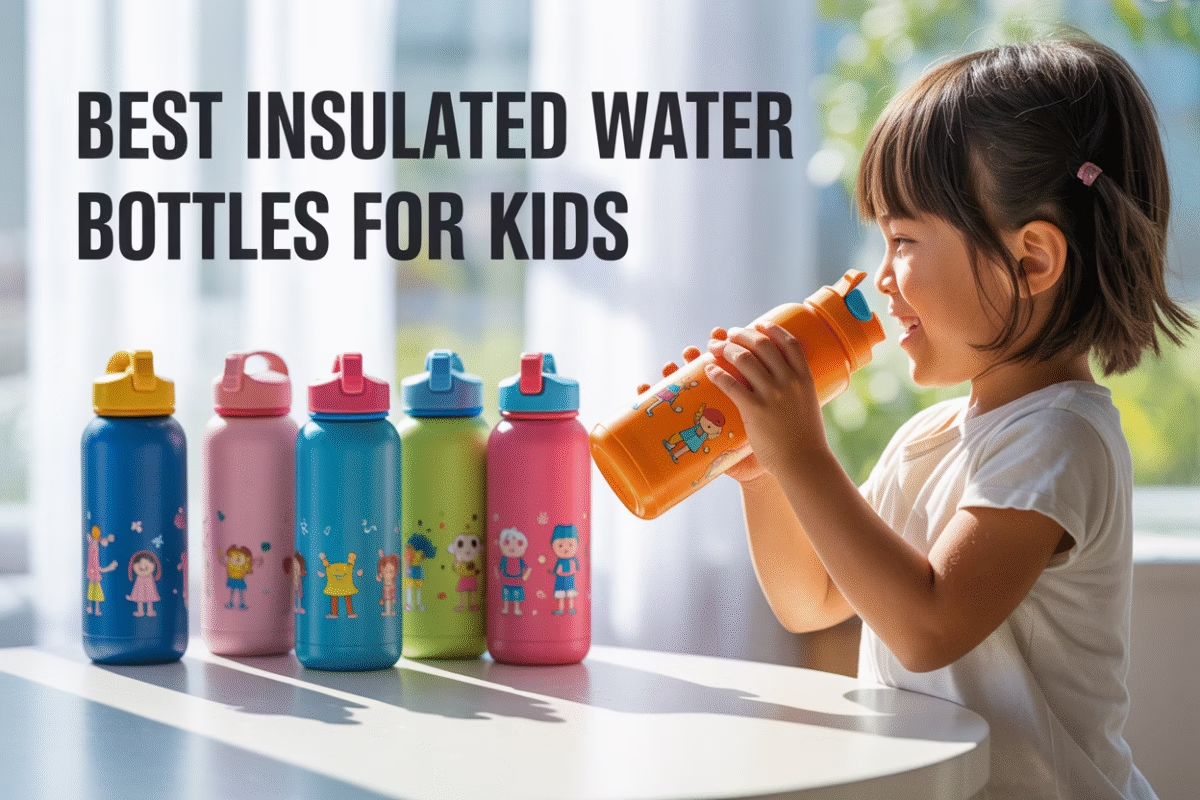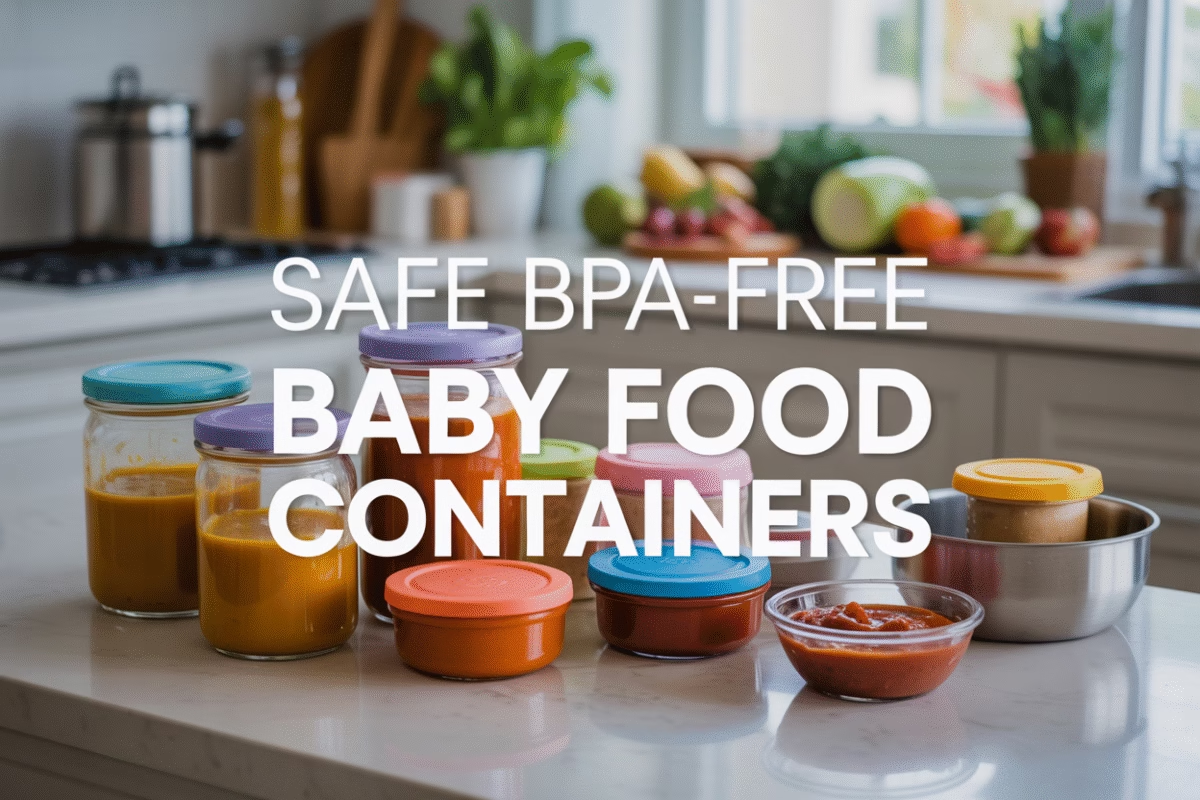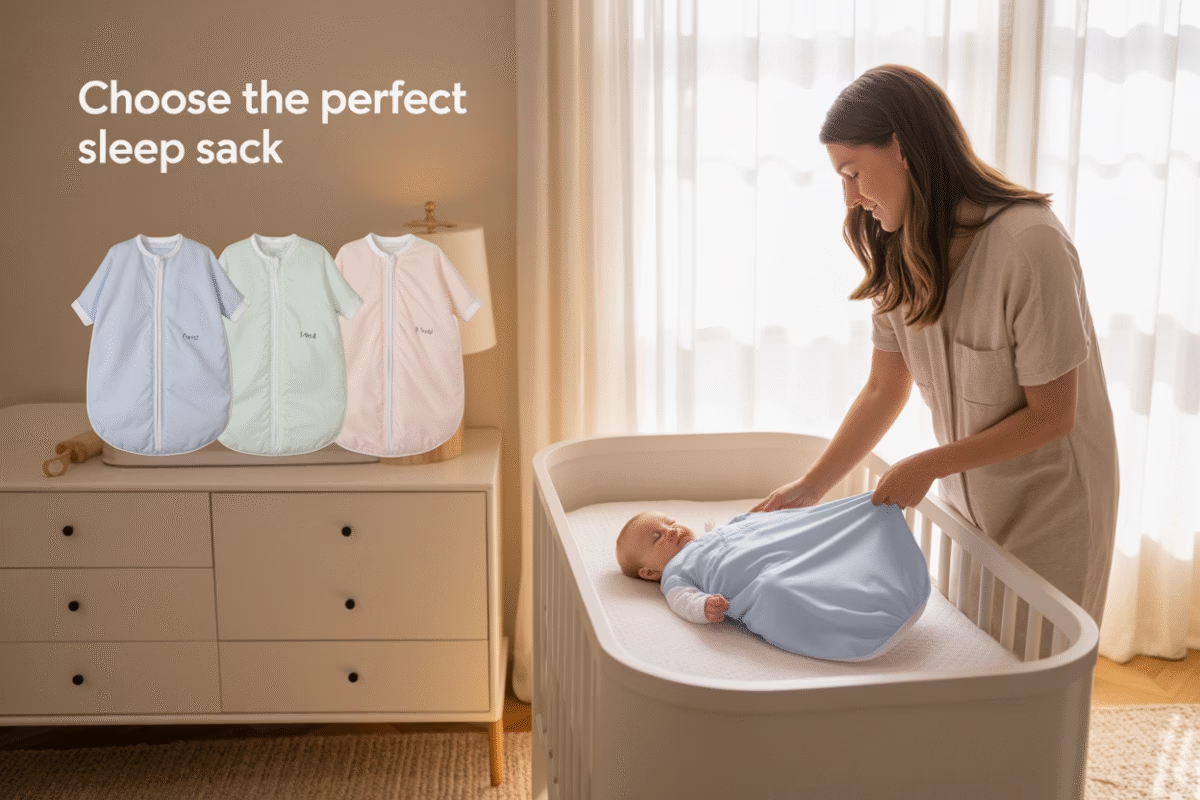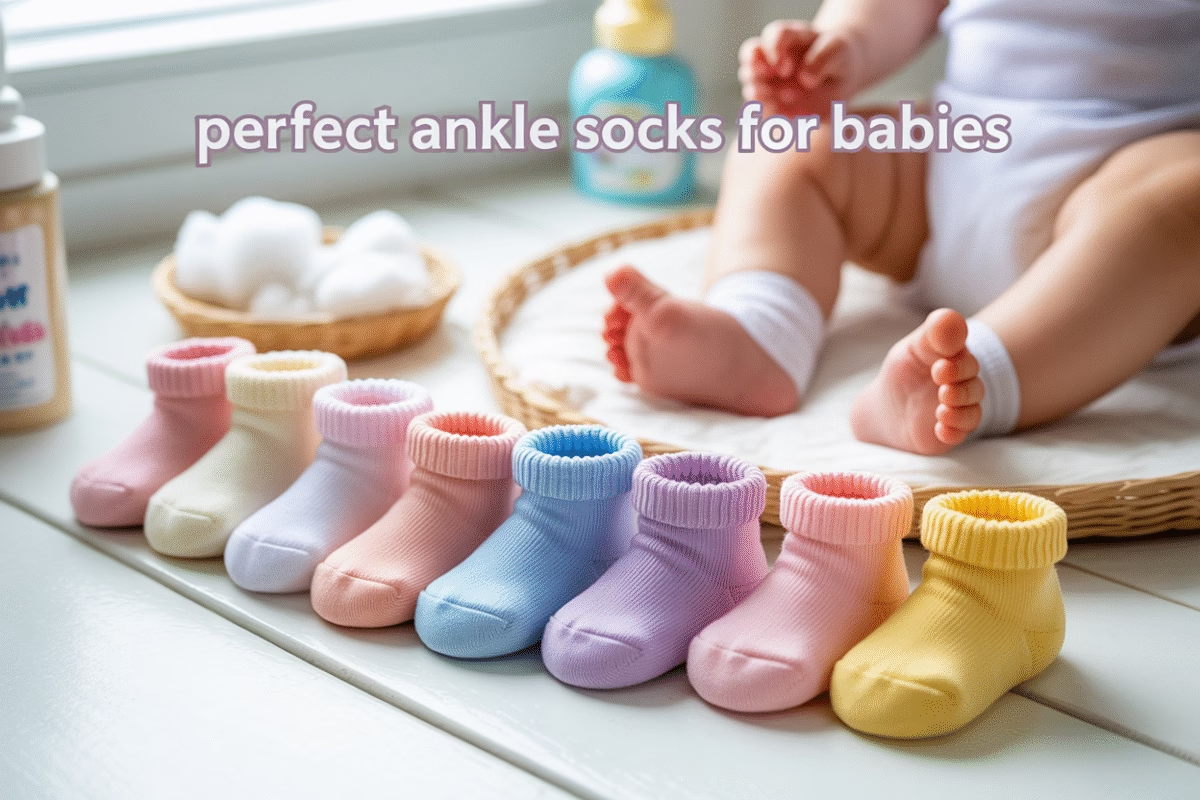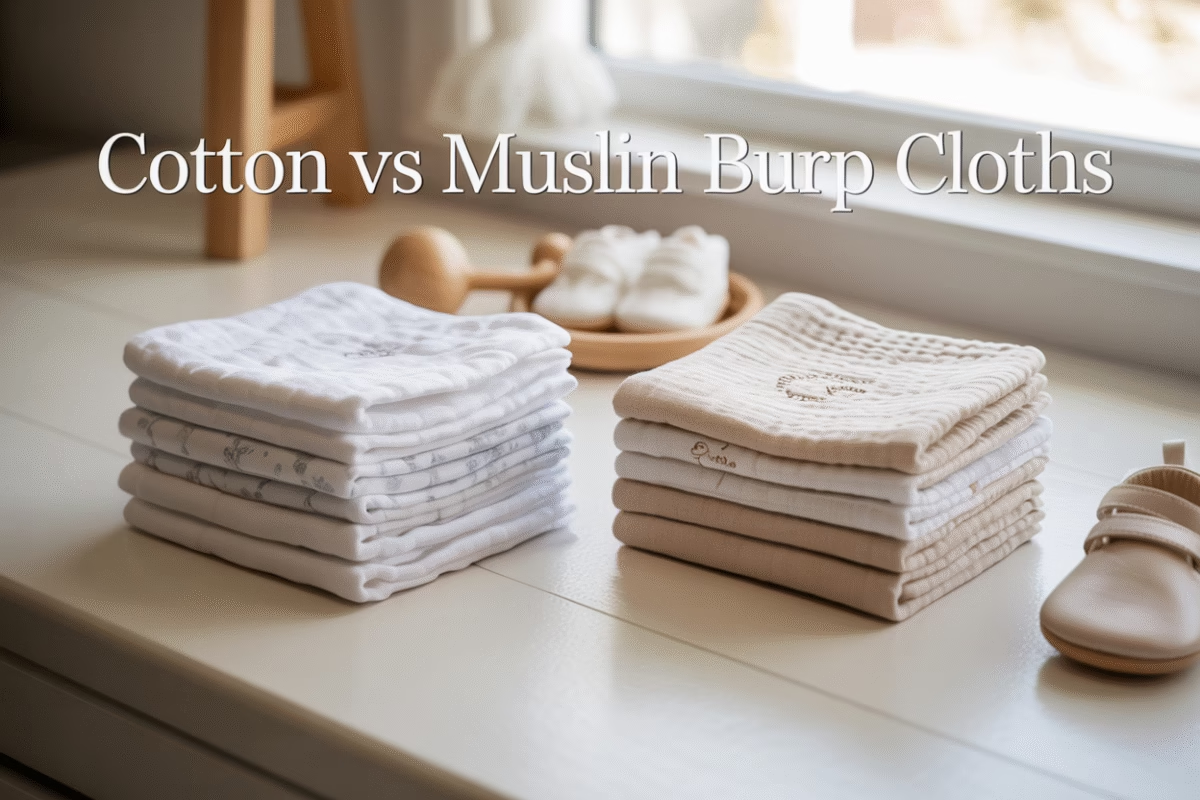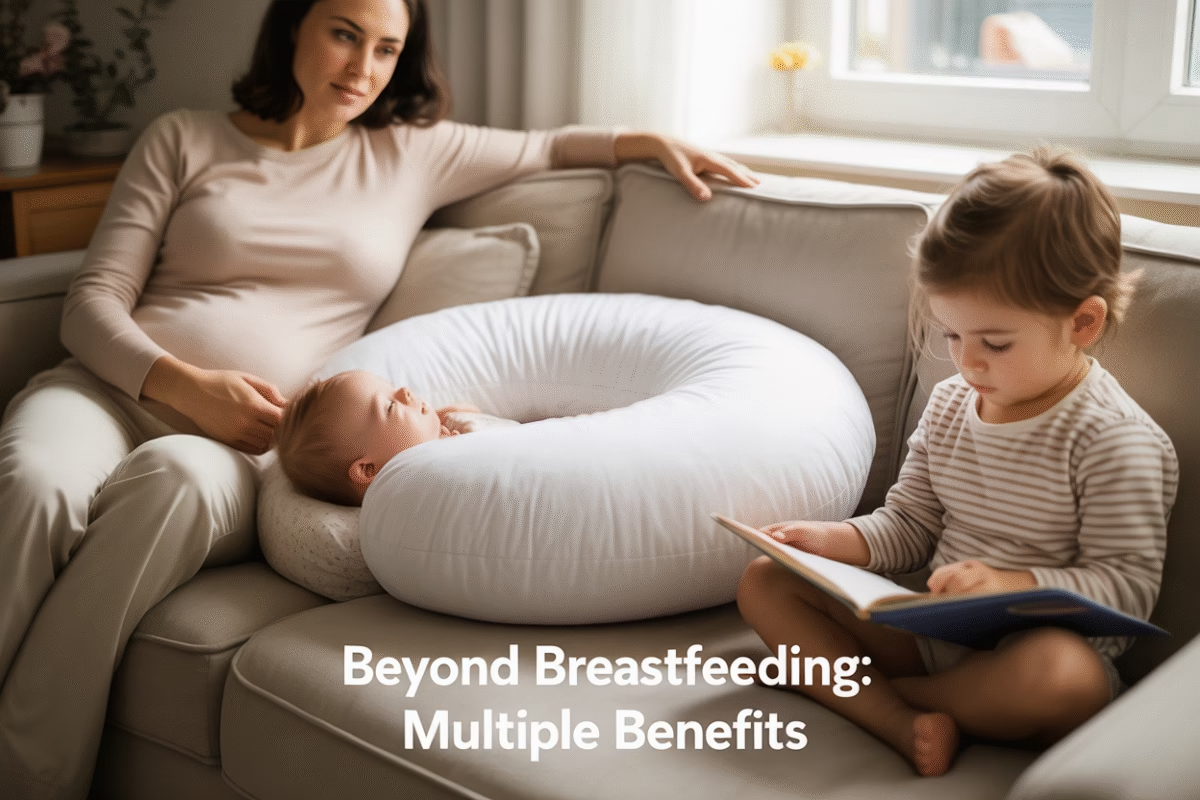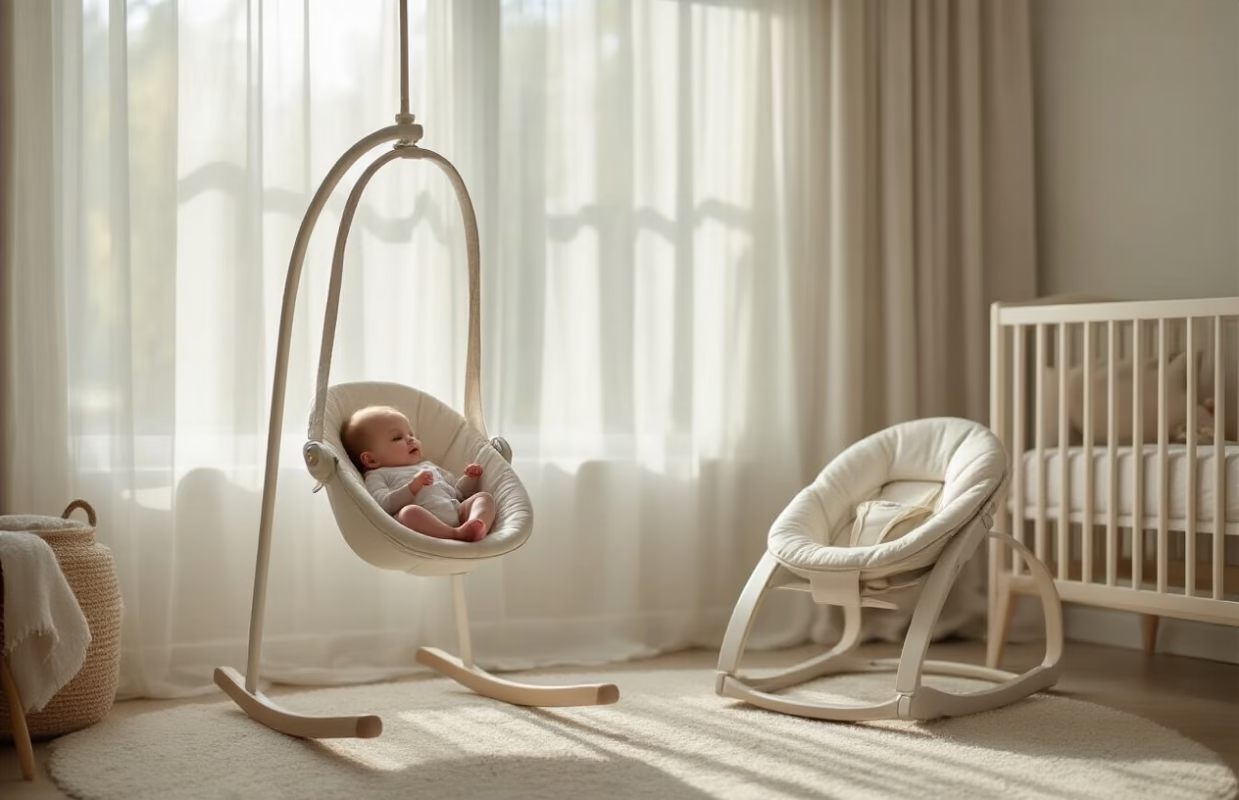Learning to crawl and walk means more tumbles and bumps for your little explorer. A baby head protector backpack offers soft, lightweight pads that cushion those inevitable falls while keeping your child comfortable during playtime.
This guide is perfect for parents of babies and toddlers who are starting to crawl, cruise furniture, or take their first wobbly steps. We’ll walk you through the essential safety features that make these backpacks effective protection for your child.
Table of Contents
Essential Safety Features Every Parent Should Know: Baby Head Protector
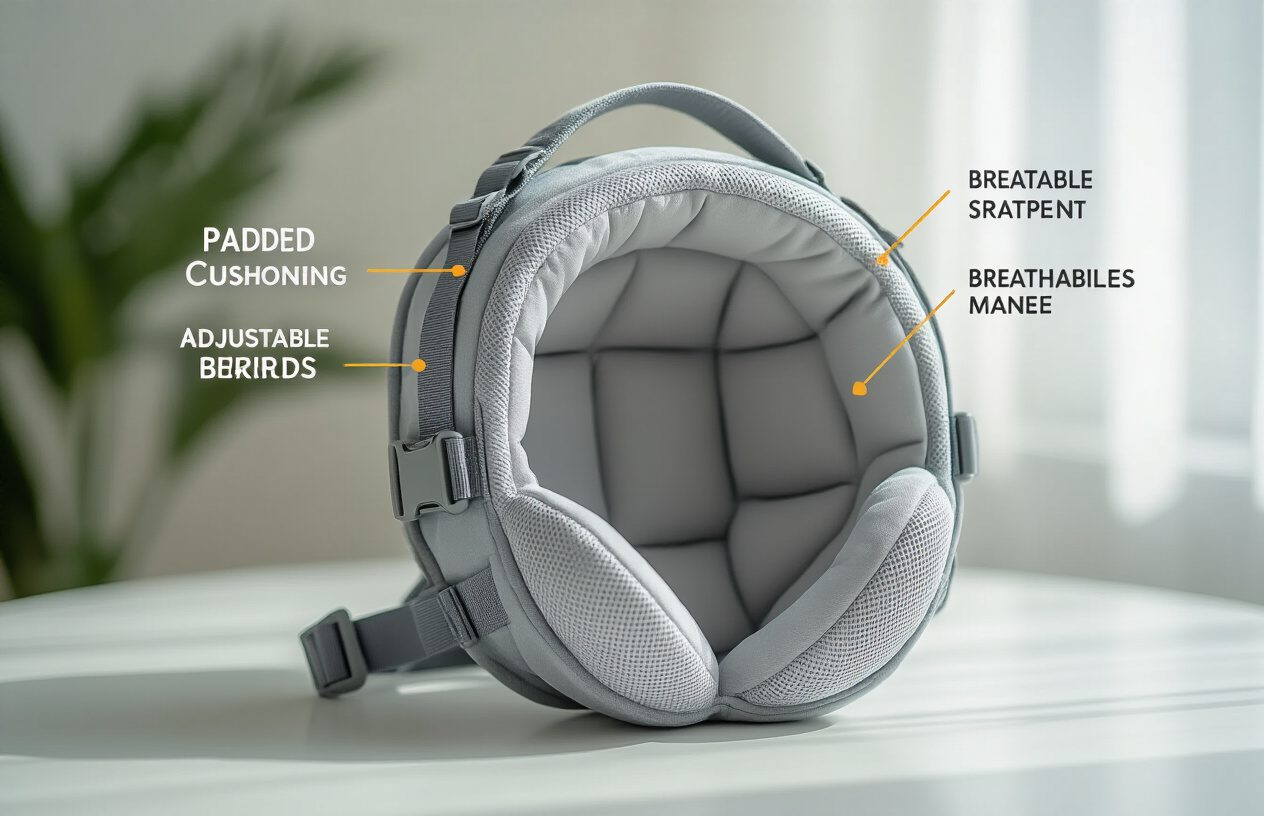
Impact-absorbing foam technology for maximum head protection
Baby Head Protector backpacks feature advanced foam padding designed specifically to cushion your little one’s head during inevitable tumbles. The multi-layered foam construction includes a dense outer layer that disperses impact forces and a softer inner layer that provides comfort against delicate skin. This dual-density system absorbs up to 85% of impact energy, significantly reducing the risk of bumps and bruises when toddlers lose their balance while learning to walk.
The foam material maintains its shape and protective qualities even after repeated impacts, unlike cheaper alternatives that compress permanently. High-quality memory foam returns to its original form within seconds, ensuring consistent protection throughout your child’s developmental stages. The strategic placement of thicker padding around vulnerable areas like the back of the head and sides creates a comprehensive safety zone.
Adjustable straps ensure a secure fit for growing babies
Properly fitted straps make all the difference between effective protection and a loose, potentially dangerous accessory. Quality Baby Head Protector models include multiple adjustment points that accommodate head circumferences from 16 to 20 inches, covering ages 6 months to 3 years. The chest and shoulder straps feature easy-release buckles that parents can operate quickly while keeping children secure.
Look for models with padded shoulder straps that distribute weight evenly across your baby’s torso. Quick-adjust mechanisms allow you to tighten or loosen the fit as your child grows, extending the product’s useful life. Some premium versions include elastic components that provide gentle stretch while maintaining security, accommodating the natural movement of active toddlers.
Breathable mesh panels prevent overheating during wear
Ventilation becomes critical when babies wear protective gear for extended periods. Strategic mesh panel placement allows air circulation around the head and neck area, preventing the buildup of moisture and heat that can cause discomfort or skin irritation. The breathable fabric wicks sweat away from the skin while maintaining the structural integrity needed for protection.
Quality mesh materials resist tears and maintain their shape after multiple washes. Look for antimicrobial treatments that prevent odor-causing bacteria growth, especially important for products that come into close contact with skin. Proper ventilation also reduces the likelihood of your child rejecting the head protector due to discomfort.
Safety certifications and testing standards compliance: Baby Head Protector
Reputable Baby Head Protector manufacturers submit their products to rigorous testing protocols established by safety organizations. Look for certifications from ASTM International, which sets standards for impact resistance, strap strength, and material safety. CE marking indicates compliance with European safety requirements, while CPSC approval confirms the product meets US Consumer Product Safety Commission standards.
Independent laboratory testing evaluates drop-test performance, strap durability under stress, and material toxicity levels. Products that pass these assessments display certification numbers and testing facility information on their packaging. Avoid products without clear safety documentation, as untested gear may fail when protection is needed most.
Comfort Design That Keeps Babies Happy All Day
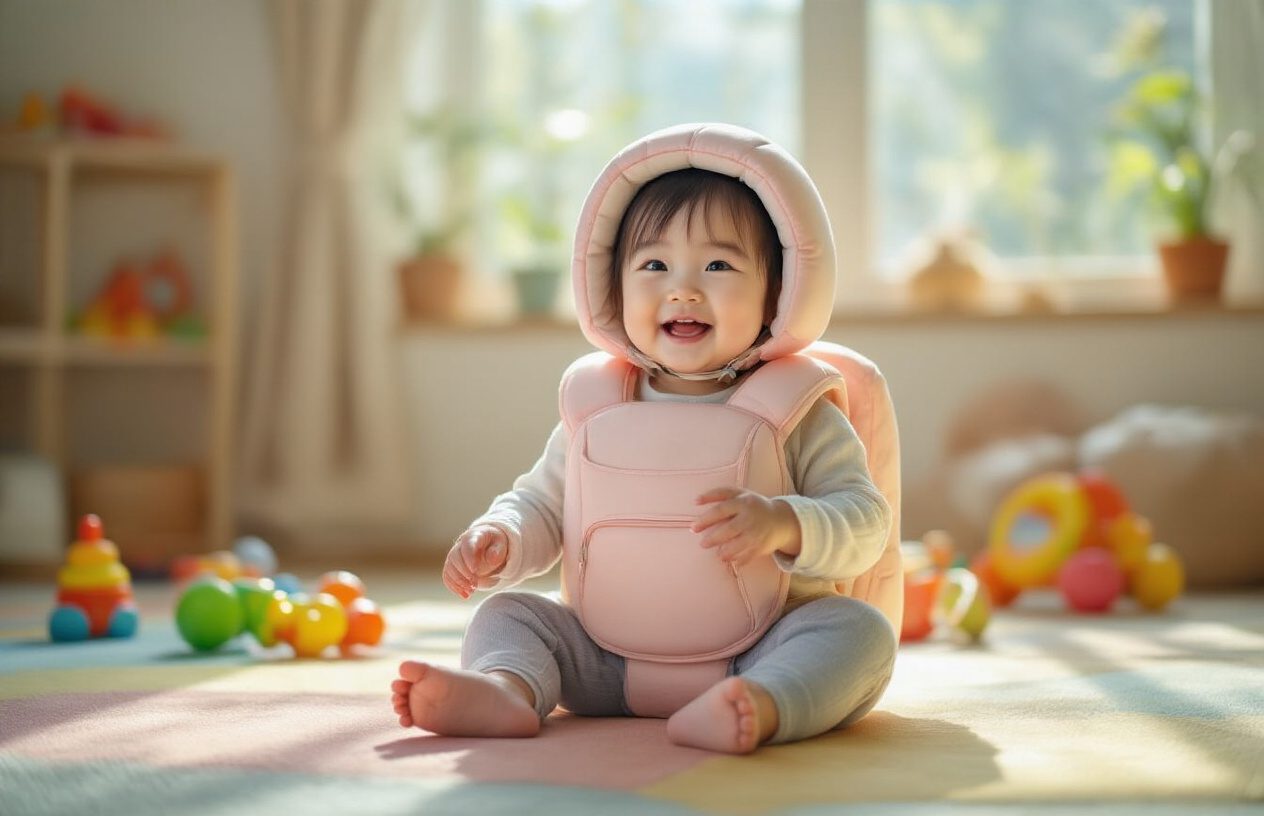
Ultra-lightweight materials reduce strain on developing neck muscles
A baby’s neck muscles are incredibly delicate and still developing during those crucial early months. That’s why the best Baby Head Protector designs prioritize feather-light construction materials. Premium models typically weigh between 50-80 grams, which is roughly equivalent to carrying two large eggs on your head – barely noticeable for adults but significant when considering a baby’s proportional strength.
High-quality foam padding made from EVA (ethylene vinyl acetate) or similar lightweight composites provides excellent shock absorption without adding bulk. These materials offer the perfect balance: strong enough to protect against bumps and falls, yet light enough that babies can move naturally without feeling weighed down. Parents often report that their children forget they’re wearing the protector after just a few minutes of use.
The engineering behind weight distribution plays a crucial role, too. Smart design spreads the minimal weight evenly across the shoulders and back rather than concentrating it on the neck area.
Soft padding eliminates pressure points and chafing
Skin irritation can turn protective gear from helpful to harmful quickly. Premium Baby Head Protector models feature multi-layer padding systems designed specifically for sensitive baby skin. The innermost layer typically uses moisture-wicking, hypoallergenic fabrics that feel gentle against delicate skin while preventing sweat buildup.
Memory foam inserts adapt to each child’s unique head shape, creating a custom fit that eliminates hot spots and pressure points. Unlike generic padding that creates uniform pressure, these smart materials redistribute weight dynamically as babies move and play. The result is consistent comfort whether they’re crawling, walking, or tumbling during active play sessions.
Seamless construction techniques minimize potential friction points. The best designs use flat-lock stitching or welded seams rather than traditional raised seams that could rub against sensitive areas. Strategic ventilation channels built into the padding allow air circulation, preventing the sticky, uncomfortable feeling that makes babies fussy and resistant to wearing protective gear.
Ergonomic shape follows natural head contours
Babies have proportionally larger heads compared to their bodies, and their skull shape differs significantly from adults. Smart Baby Head Protector designs account for these anatomical differences by creating age-specific contours that complement natural head shapes rather than fighting against them.
The crown area features a slightly rounded design that matches the natural curve of a baby’s skull without creating an unnaturally bulky silhouette. This thoughtful shaping prevents the “bobblehead” effect that occurs with poorly designed protectors and maintains the child’s natural center of gravity during movement.
Adjustable side panels accommodate the wider temporal regions of baby skulls while providing secure positioning without compression. The back panel curves gently to support the occipital region without pushing the head forward into an uncomfortable position. This three-dimensional approach to design creates a protective shell that moves with the baby rather than restricting natural head movements during play, feeding, or rest periods.
Age-Appropriate Sizing and Fit Guidelines: Baby Head Protector
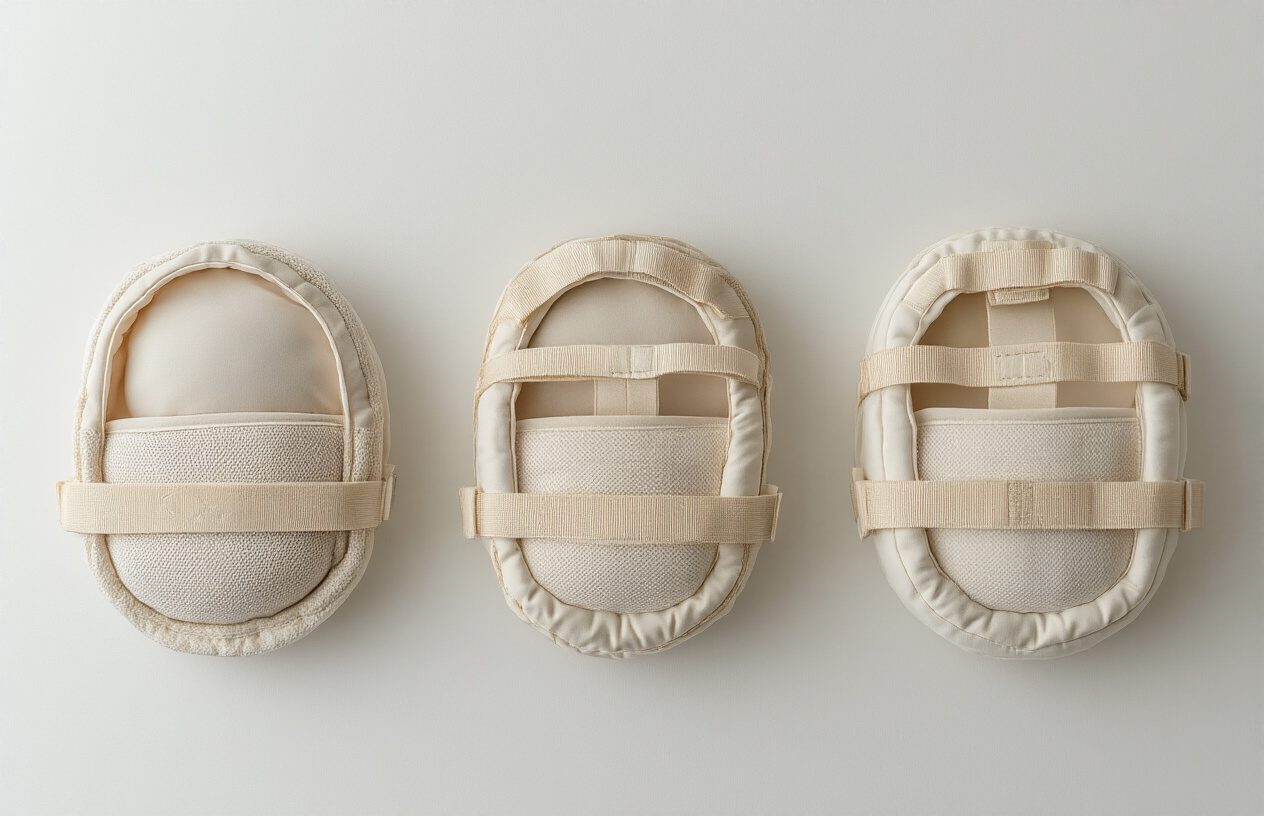
Recommended age ranges for optimal protection
Baby Head Protector backpacks work best for infants between 6 months and 3 years old. Most babies start crawling around 6 months, making this the perfect time to introduce head protection. The 6-12 month range covers those wobbly first attempts at mobility, while 12-24 months protects during the unsteady walking phase when falls happen frequently.
Toddlers aged 24-36 months still benefit from protection as they explore climbing and running. After age 3, most children develop better balance and spatial awareness, reducing the need for constant head protection. However, some active toddlers may benefit from continued use during outdoor adventures or in environments with hard surfaces.
| Age Range | Development Stage | Protection Priority |
|---|---|---|
| 6-12 months | Crawling, pulling up | High – learning mobility |
| 12-24 months | Early walking | Very High – frequent falls |
| 24-36 months | Confident walking, climbing | Moderate – situational use |
Head circumference measurement techniques for parents
Getting the right fit starts with accurate head measurements. Use a soft measuring tape placed about one inch above the eyebrows, wrapping around the widest part of your baby’s head. The tape should sit snug but not tight – you should be able to slide one finger underneath.
Take measurements when your baby is calm and sitting still. Many parents find bath time or feeding time works well for cooperation. Record the measurement in both inches and centimeters since different manufacturers use different sizing charts.
Step-by-step measuring process:
- Position tape above eyebrows and ears
- Wrap around the back of the head at its widest point
- Keep the tape level and parallel to the floor
- Take measurements where the tape overlaps
- Round up to the nearest half-inch for proper fit
Growth adjustment features extend product lifespan: Baby Head Protector
Quality Baby Head Protector backpacks include adjustable straps and expandable sizing to accommodate growing heads. Look for products with multiple adjustment points on both the shoulder and chest straps. Velcro closures offer more flexibility than snap closures for fine-tuning the fit.
Elastic panels in strategic locations allow the protector to stretch as your child grows. Some models feature removable padding that can be repositioned or replaced as sizing needs change. Adjustable buckles should move smoothly and lock securely in place.
Key adjustment features to look for:
- Sliding buckles on shoulder straps
- Elastic side panels for flexibility
- Removable or repositionable padding
- Multiple snap or velcro positions
- Breathable mesh panels that stretch
Regular adjustment checks ensure optimal protection as your baby grows. A properly adjusted protector should feel snug without restricting movement or causing discomfort.
Signs indicating when to size up or replace
Watch for these clear indicators that your Baby Head Protector needs sizing up: red marks on shoulders or chest after use, difficulty getting the backpack on or off, visible strain on straps or fabric, and your child consistently trying to remove it due to discomfort.
The padding should cover the entire back of the head without gaps. If you notice the protective area has shifted or no longer covers vulnerable spots, it’s time for a larger size. Straps that no longer adjust to a comfortable fit mean the product has been outgrown.
Replacement timeline indicators:
- Strap adjustments reach maximum extension
- Head circumference increases by more than 1 inch
- Padding compresses and loses protective cushioning
- Fabric shows wear, tears, or permanent stretching
- The child consistently resists wearing it due to the tightness
Real-World Situations Where Head Protection Matters Most: Baby Head Protector
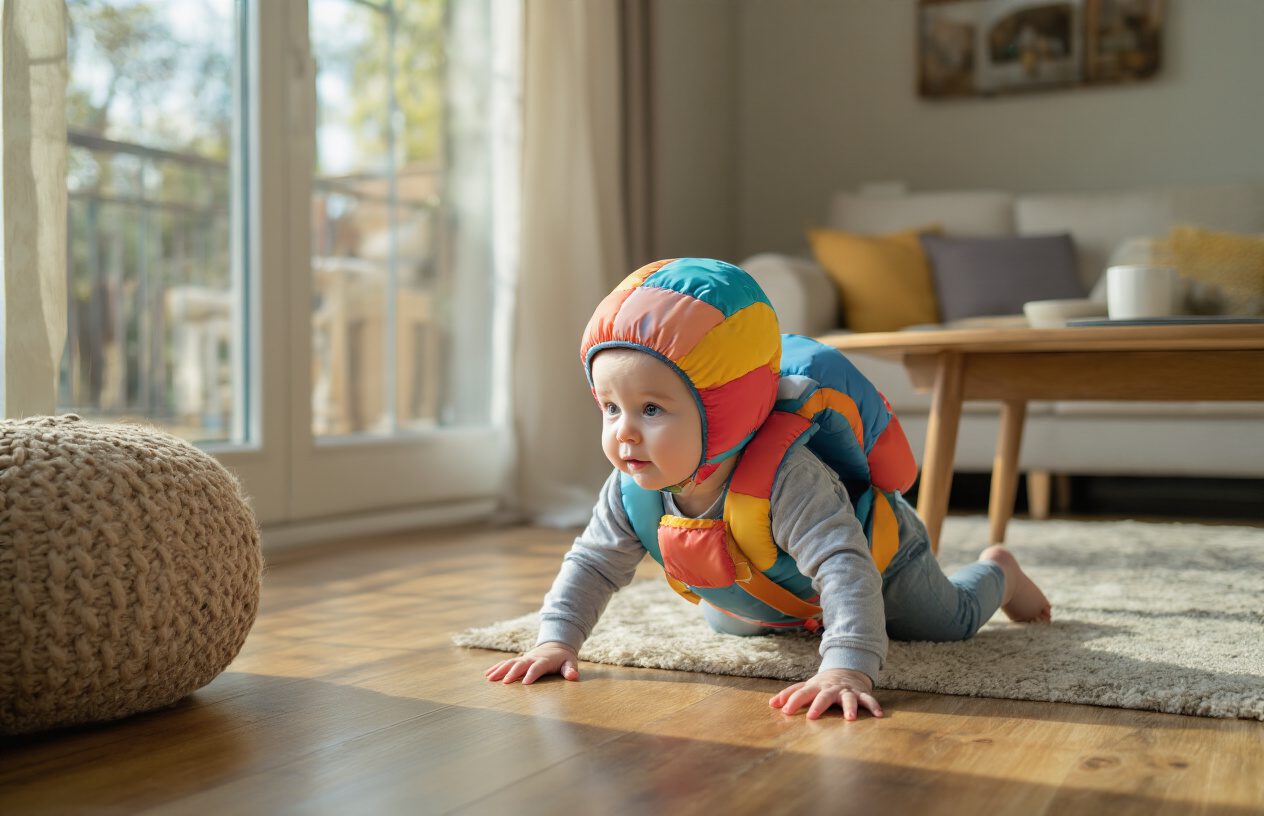
Learning to Walk and Frequent Backward Falls
Toddlers taking their first steps face a unique challenge – they haven’t mastered the art of falling forward yet. Most tumbles happen backward, sending little heads straight toward hard floors. A Baby Head Protector becomes your child’s safety net during this wobbly phase. The soft padding cushions those inevitable bumps when balance gives out, turning potential tears into giggles.
The backward fall pattern typically lasts 3-6 months as children develop their walking confidence. During this period, the protective backpack distributes impact across the padded surface rather than concentrating force on a single point of the skull. Parents report fewer crying episodes and more adventurous exploration when their toddlers wear these safety accessories.
Playground Activities and Climbing Adventures: Baby Head Protector
Playground equipment presents countless opportunities for head injuries. Slides, monkey bars, and climbing structures create scenarios where children can slip or lose their grip unexpectedly. The Baby Head Protector proves especially valuable when little ones attempt climbing adventures beyond their skill level.
Swings pose another risk factor – children often lean too far back or jump off at inappropriate moments. The protective padding helps absorb impact if they tumble backward off swing seats. Many daycare centers now recommend these safety devices for outdoor play sessions, recognizing how they reduce injury severity without limiting children’s natural desire to explore and climb.
Bicycle Rides and Outdoor Exploration
Family bike rides and tricycle adventures expose children to new falling patterns. Unlike walking falls, bicycle tumbles often involve higher speeds and awkward angles. The protective backpack works alongside traditional helmets to provide comprehensive head coverage during these activities.
Nature walks and hiking trails present uneven surfaces, roots, and rocks that can trip up small feet. The lightweight design of quality head protectors doesn’t restrict movement while offering peace of mind during outdoor family adventures.
Beach visits, park explorations, and backyard play all benefit from this added layer of protection.
Indoor Play Areas with Hard Surfaces: Baby Head Protector
Modern homes feature beautiful hardwood floors, tile surfaces, and concrete that look amazing but show no mercy during falls. Living rooms, kitchens, and play areas become potential hazard zones for active toddlers. The Baby Head Protector transforms these spaces into safer environments without requiring expensive floor modifications.
Furniture corners, coffee tables, and entertainment centers create additional collision risks during indoor play. The protective padding helps reduce injury severity when children bump into these obstacles during energetic play sessions. Parents can maintain their home’s aesthetic while providing crucial safety protection for their exploring toddlers.
Easy Maintenance and Long-Term Durability Benefits
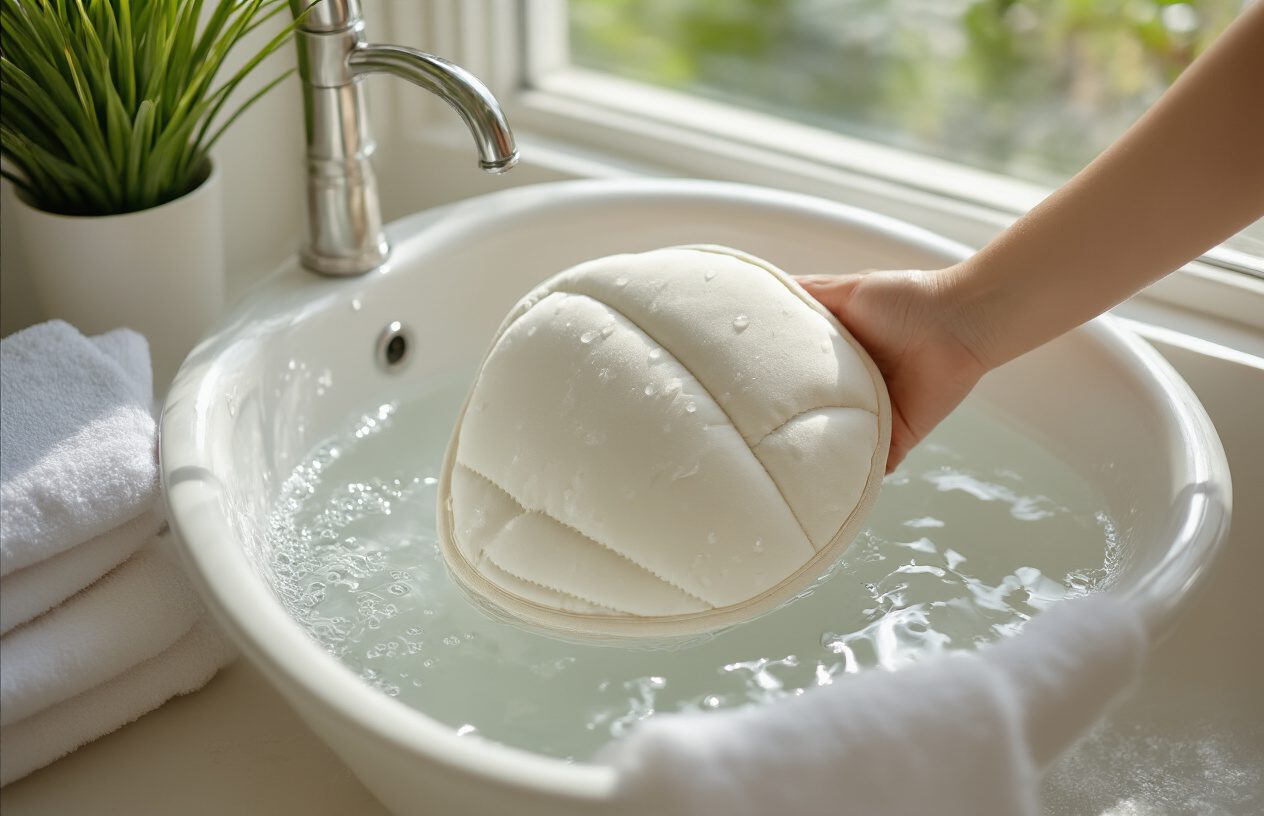
Machine-washable materials save time and effort
Parents know that accidents happen constantly with little ones. When your baby spills juice, drools, or has a messy snack while wearing their Baby Head Protector, you don’t want to spend hours scrubbing or hand-washing delicate materials. Modern head protector backpacks feature machine-washable fabrics that make cleanup a breeze.
Simply toss the protector into your regular laundry cycle with your baby’s clothes. The soft padding materials maintain their protective properties even after multiple wash cycles, so you don’t have to worry about compromising safety for convenience. Many parents appreciate being able to wash the protector alongside other baby items, streamlining their laundry routine.
Stain-resistant fabrics maintain a fresh appearance
Bright colors and fun patterns make Baby Head Protectors appealing to children, but these designs need to stay vibrant over time. High-quality protectors use stain-resistant fabric treatments that repel liquids and prevent permanent discoloration from common baby messes.
Food stains, grass marks from outdoor play, and even crayon marks wipe away easily with a damp cloth in most cases. This means the protector continues looking new and appealing to your child, encouraging consistent wear. Parents save money by not needing frequent replacements due to unsightly staining.
The protective coating also helps prevent odor absorption, keeping the protector fresh-smelling even with regular use during active play sessions.
Quality construction withstands daily wear and tear: Baby Head Protector
Toddlers put their gear through serious testing. They crawl, climb, tumble, and explore with boundless energy. A well-constructed Baby Head Protector features reinforced stitching at stress points where the straps connect to the padding, preventing tears or separation during active use.
Double-stitched seams and high-grade materials ensure the protector maintains its shape and protective capabilities over months of regular wear. Quality padding materials resist compression, maintaining their shock-absorbing properties even after numerous impacts.
The adjustable straps retain their elasticity and secure fit over time, while buckles and fasteners resist breaking under the pressure of an active child. This durability means parents get excellent value from their investment, with many protectors lasting through multiple children or being passed along to friends and family members.
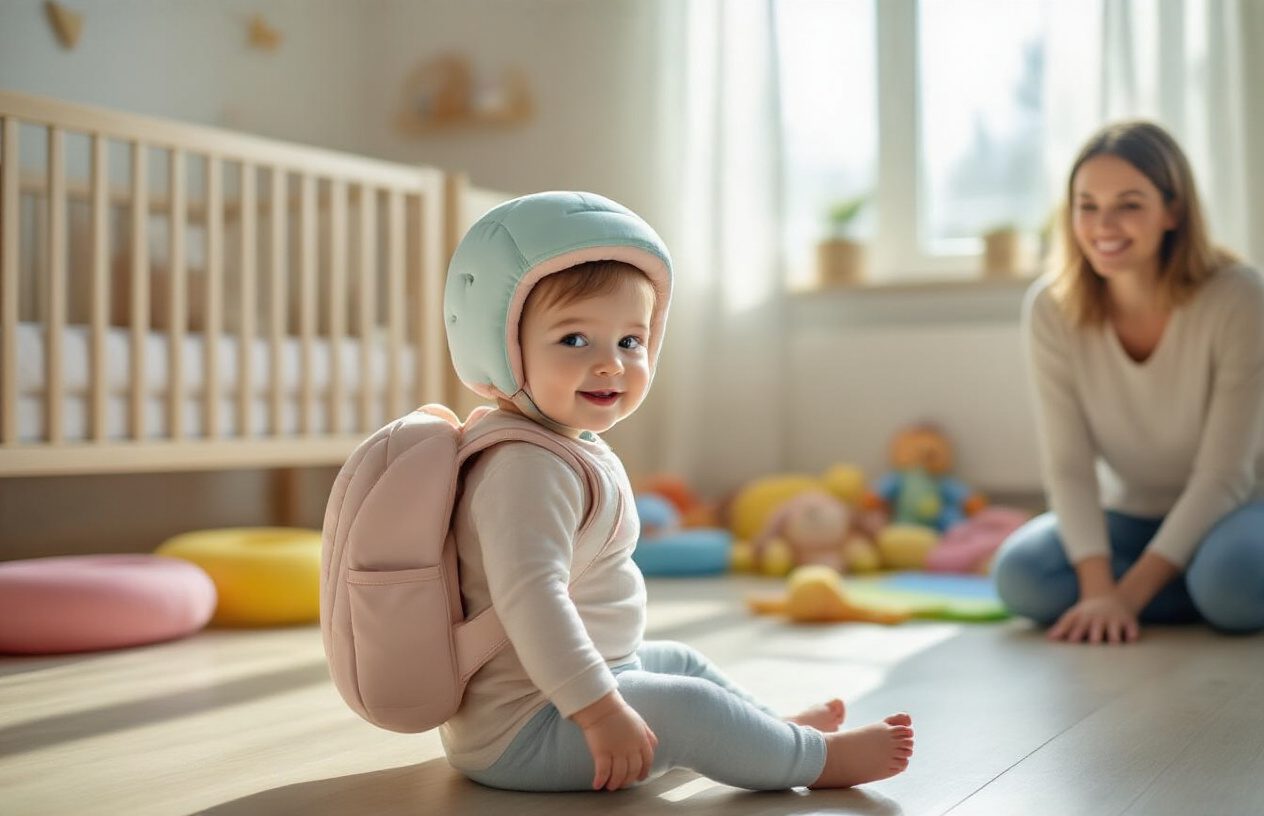
Baby head protector backpacks offer busy parents a smart solution for keeping their little ones safe during those wobbly early months. The essential safety features, like soft padding and secure straps, work together with comfortable designs to protect your baby’s head from bumps and falls while they explore their world.
Getting the right size and fit makes all the difference in how well the backpack works, whether you’re dealing with a curious crawler or an unsteady walker navigating playground equipment.
These protective backpacks really shine in everyday situations where accidents happen most – from kitchen counters to park benches, stairs to coffee tables.
The easy-to-clean materials and durable construction mean your investment will last through multiple growth spurts and plenty of adventures.







